Written by Trey Trimble, CTO, Transportation Safety Apparel, Inc.
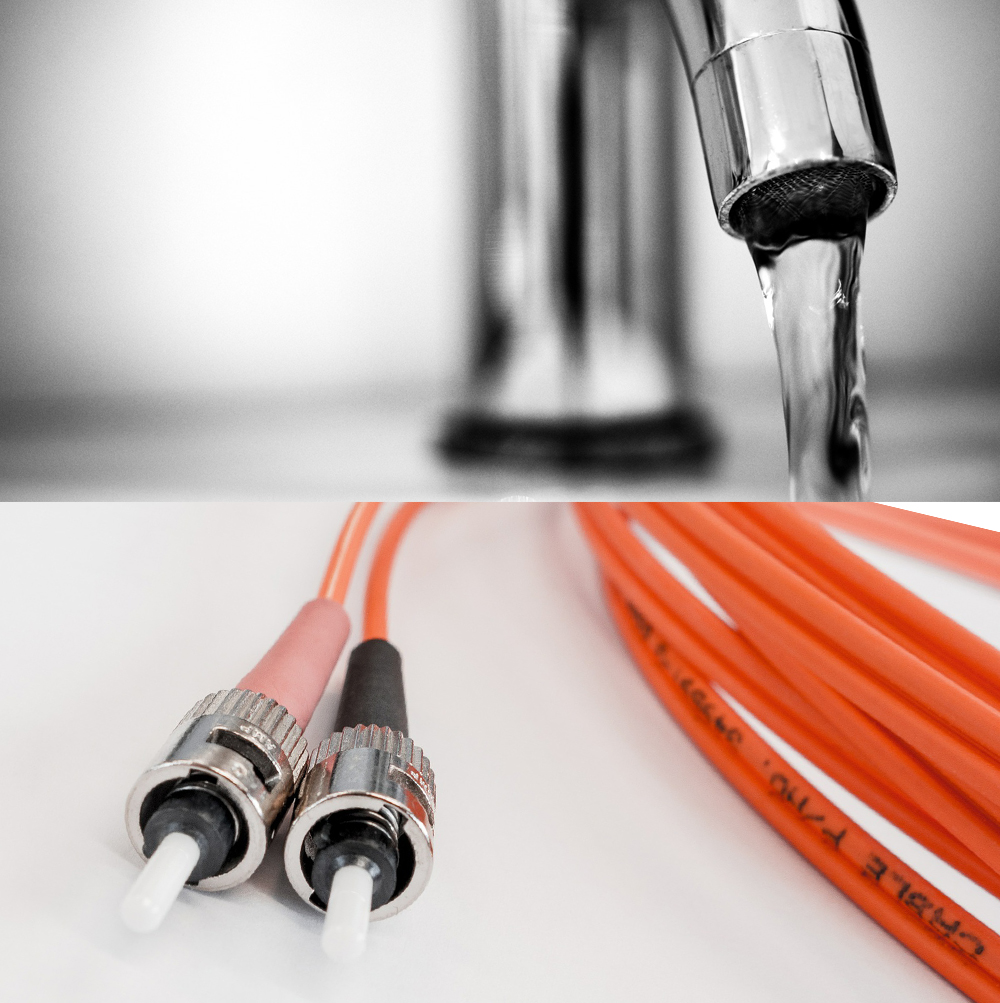 First we had canals. Then we made trains. Cars and planes followed shortly after. Then we landed on the moon. Our cities grew, our states were connected, and American infrastructure was in a golden age. Today, our infrastructure is mottled by drinking water crises, bridge collapses and water main breaks.
First we had canals. Then we made trains. Cars and planes followed shortly after. Then we landed on the moon. Our cities grew, our states were connected, and American infrastructure was in a golden age. Today, our infrastructure is mottled by drinking water crises, bridge collapses and water main breaks.
What happened?
The United States of America was once revered worldwide for our interconnectedness across such a vast stretch of land. Iconic constructions like the golden gate bridge, the empire state building, and the National Highway System that’s over 160,000 miles long are undoubtedly spectacular. And that goes without mentioning our railways. But something seems to have gone awry along the way. To understand what the future has in store for American infrastructure, we must first look backwards.
Past Achievements
In 1859, crude oil was discovered in Pennsylvania. Thus, the industrial revolution was born.
The first transcontinental railroad stretched for 1,192 miles, connecting Iowa to the pacific coast. This monument to the American knack for perseverance took six years to build (1863-1869) and was done with minimal technology. A stunning achievement, to be sure, but Americans tend to try and outdo themselves.
Just seven years after the golden spike was driven into the transcontinental railroad, a man named Alexander Graham Bell came up with a device that could send your voice from one place to another using only electrical cables. The telephone was born and America became more connected than ever before.
In 1880, Thomas Edison patented new technology for indoor lighting. This was an early catalyst for household electricity.
The Model T was released by Henry Ford’s then tiny automotive company in 1908. Refinement and assembly line efficiency inevitably lead to the car becoming popular. This, in turn, lead to the start of the national highway system as we know it today.
Technology and industry began to snowball. America was rich and our nation was structurally impeccable.
Present Problems
The residents of Flint, Michigan were exposed to water contaminated by lead from transportation piping starting in 2014. Two years later, the Governor of Michigan declared a state of emergency in hopes of preventing further instances of lead poisoning. The effects of this three year long national health disaster are still surfacing.
One out of every nine bridges in the U.S. is rated ‘structurally deficient’. Even worse, 14,000 of the 84,000 dams nationwide are considered ‘high hazard’. Then there’s the fact that nearly a third of our roads are in poor or mediocre condition. The American Society of Civil Engineers even gave our nation’s once great infrastructure the grade ‘D+‘.
American infrastructure seems to be in poor condition, but will it stay this way?
Looking Forward
Before we get up in arms and scream about the apparently falling sky, it’s important to recognize modern infrastructure for what it is.
The internet is a pretty big thing, no? As perhaps the biggest connecting force the world has ever seen, the internet has revolutionized the global economy, culture, and almost every facet of our daily lives. Yet most people neglect to look past the blinking pixels and see the infrastructure underneath.
Broadband, fiber optics, WiFi, and your satellites that power your smartphone’s data plan are all instances of physical infrastructure. And the capacity of the internet is growing. Data centers are expanding at an alarming rate, bringing forth new and sci-fi-esque possibilities.
The Internet of Things (IoT) has been on the radar of tech gurus for some time, but it’s already becoming commonplace.
Would you blink twice if someone was driving home and told their car to tell their house to set the air conditioning at a cool 68 degrees? What if your friend asked their phone about the ‘crumbling’ American infrastructure? This is all powered by servers, network cables, and data racks inside giant building complexes nationwide.
The American construction industry is currently experiencing extreme growth as well. Thanks to new technology and safety precautions, we are staring down unprecedented opportunity to build bigger and more intricate structures. As a precursor to this prediction, drones are expected to become a $20.5 billion industry between 2017 and 2025 in construction alone. Of course, this is without even mentioning the great strides being made toward fully autonomous vehicles.
So, what happened?
America changed. No, the world changed. Whether or not it is for the better, that’s for each individual person to decide.
Granted, there are problems that need to be addressed. What happened in Flint should never happen in a developed nation. American roads and bridges are aging. Much of our public infrastructure could certainly use a helping hand. The problem, though, isn’t with our infrastructure as a whole. It is that we only see the problems.
Do you see the internet working in overdrive to bring cat pictures to your phone? Can anyone outside of the construction industry know the level of technological advancement that is currently pouring into the industry in hopes of making new buildings stand much longer than the old ones? Can anyone feel the gears of progress turning tried and true?
The illusion of our ‘crumbling’ infrastructure isn’t an illusion at all. It is a problem of perspective. While some roads may develop potholes and a few dams might become too dangerous to use, we are surely entering a new golden age for infrastructure. It’s just a little hard to see right now.
…
Trey Trimble is the working CTO of Transportation Safety Apparel. He has been a member of this family business since their beginnings in 2001, and has worked in plenty of different sectors from customer service and marketing to Magento Software Development. He is passionate about everything and anything to do with the transportation safety industry and the world of technology. Trimble holds a degree in Computer Engineering from Clemson University.
Tags: Broadband, Digital Infrastructure, Flint, Transportation Safety Apparel Inc., Trey Trimble, TSASafety, Water Crisis

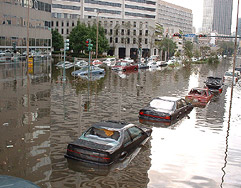
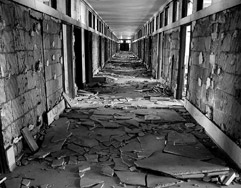
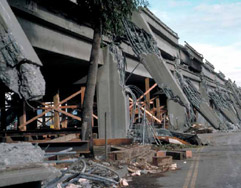
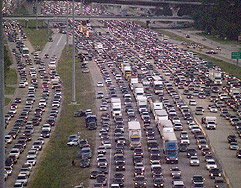

 RSS Feed
RSS Feed